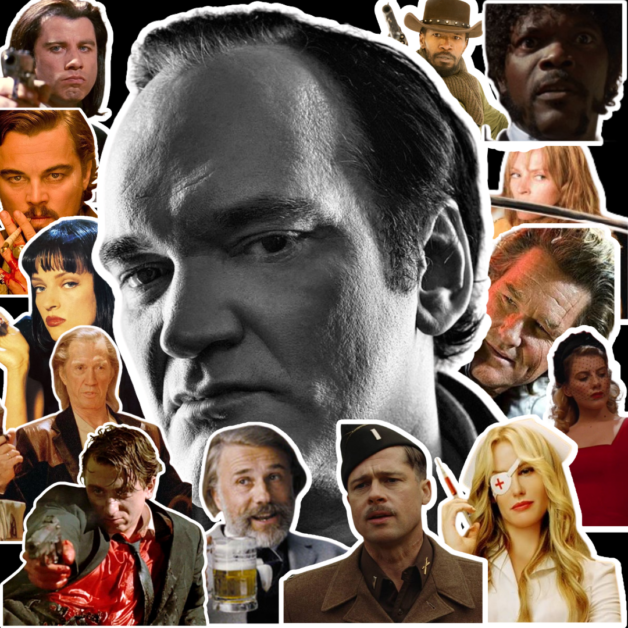Diversions, Reveiws
Quentin Tarantino’s Cinematic Odyssey: A Taste of the Best
Make yourself a drink and relax, because we’ll be ranking every film in Quentin Tarantino’s filmography in two shakes of a lamb’s tail.

In the mesmerizing realm of cinema, few have wielded the directorial sceptre with as much bravado and distinct flavour as Quentin Tarantino. His journey through the annals of film history is a rich tapestry, blending influences, genres, and emotions to create a unique cinematic palette. Much like a seasoned chef crafting a delectable dish, Tarantino has meticulously curated his filmography, offering a tantalizing array of flavours to satisfy the appetites of cinephiles everywhere.
Tarantino’s fascination with filmography began in his youth, where he honed his ability to dissect the works of directors like Howard Hawks. This analytical eye led him to trace Hawks’ evolution from crime pictures like “Scarface” (1932) to the screwball comedies and film noirs that defined an era. In a similar vein, Tarantino has masterfully curated his own filmography, ushering in the indie revolution of the ’90s and embarking on genre-bending journeys in the 2000s.
The maestro himself has vowed to direct only ten films, leaving behind a concise and self-aware legacy. (Note: This count includes the two volumes of “Kill Bill” as a single film.) With nine remarkable creations under his belt and the intriguingly titled “The Movie Critic” on the horizon as his tenth and final opus, Tarantino’s mark on Hollywood and American cinema is indelible.
Let’s embark on a cinematic journey through the ranks of Tarantino’s oeuvre, a journey filled with twists, turns, and undeniable style.
Editor’s Note: To maintain Tarantino’s preferences, we’ll consider “Kill Bill” as a single entity and focus solely on feature-length films where he serves as the sole director. Hence, we exclude films based on his scripts, such as “True Romance” and “From Dusk Till Dawn,” as well as anthology contributions like “Four Rooms.”

9. “Death Proof” (2007)
Tarantino himself considers “Death Proof” his “left-handed movie,” a self-indulgent venture into the world of exploitation cinema. Constructed as the second half of a Grindhouse double feature in 2007, it received somewhat lukewarm reception, partially due to its deliberately paced homage to ’70s sleaze.
However, “Death Proof” has aged like a fine wine. Kurt Russell’s portrayal of Stuntman Mike is a chilling masterpiece, portraying him as a pathetic predator rather than a fearsome villain. As the film unfolds, we witness Mike’s pitiful demise at the hands of a formidable stuntwoman (Zoë Bell). While the narrative structure may be intricate, the cast’s dedication and the visceral car chases in the final act ensure it stands the test of time.
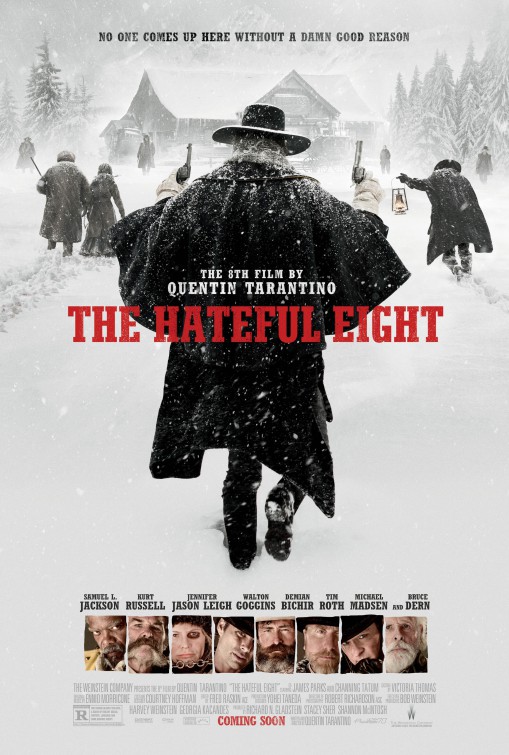
8. “The Hateful Eight” (2015)
“The Hateful Eight” stands as Tarantino’s claustrophobic masterpiece, filmed in 70mm Ultra Panavision with lenses from the era of “Ben-Hur” (1959). This snowbound Western, set during an 1880s snowstorm, both revisits and subverts Tarantino’s thematic and stylistic hallmarks.
While some critics argue that its visual grandiosity is squandered on what could pass as a play set in a haberdashery, the film’s nihilistic bluntness offers a strangely hypnotic experience. Samuel L. Jackson’s portrayal of Maj. Marquis Warren is captivating, while Kurt Russell’s character deconstructs the John Wayne persona. Jennifer Jason Leigh’s fearless performance adds to the film’s underappreciated brilliance.
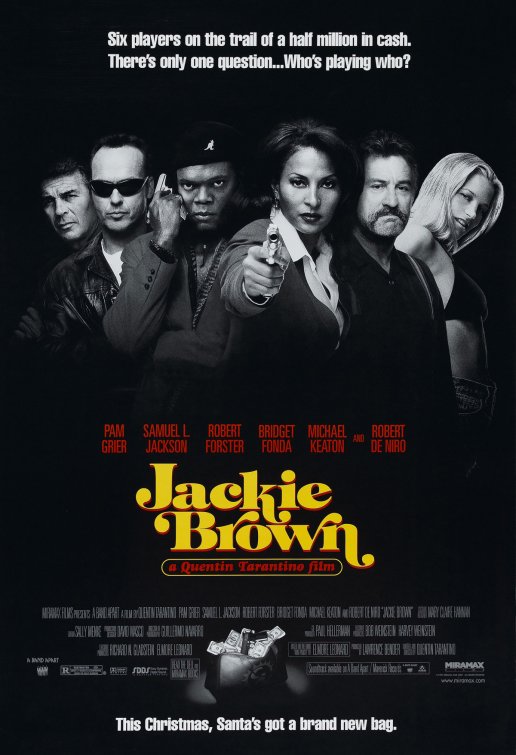
7. “Jackie Brown” (1997)
“Jackie Brown” stands out in Tarantino’s repertoire as an adaptation of Elmore Leonard’s novel “Rum Punch.” It showcases Tarantino’s capacity to delve into mature and emotionally nuanced storytelling. While Tarantino makes the material his own, the film exudes a palpable melancholy, exploring the pain of upper-middle-age and its aftermath.
Amidst a stellar ensemble cast, Pam Grier and Robert Forster shine as the aging flight attendant and bondsman, respectively, who find solace in each other’s company. Tarantino infuses empathy into these characters, even as deceit and double-crosses unfold, creating a rare gravitas. The film’s enduring images are those of Grier and Forster grooving to the tunes of the Delfonics on a Sunday morning.
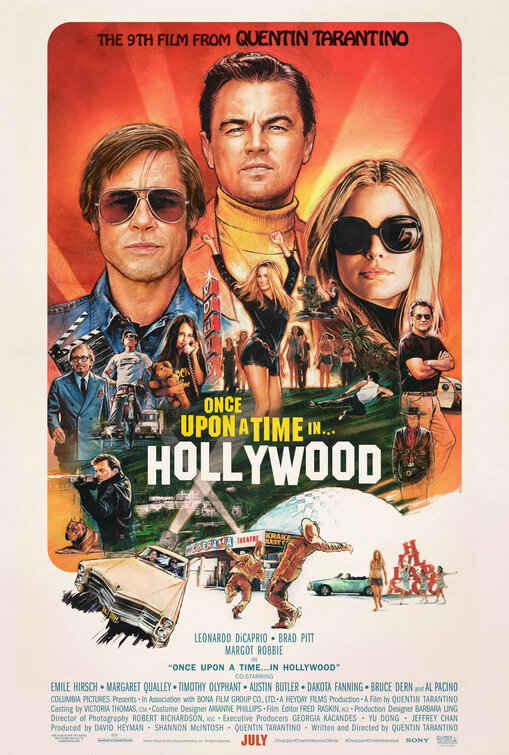
6. “Once Upon a Time… in Hollywood” (2019)
Tarantino has dubbed “Once Upon a Time… in Hollywood” his finest work, and while not all may agree, its appeal is undeniable. The film serves as a culmination of Tarantino’s previous 15 years of output and a nostalgic journey into his cinematic interests.
Set in the dying embers of old Hollywood and the burgeoning New Hollywood of the late ’60s, the film delicately straddles both eras, evoking sympathy for showbiz underdogs while celebrating the cinema revolution that shaped Tarantino’s favourite era of American movies. The performances are outstanding, especially Brad Pitt’s portrayal of an affable stuntman with hidden depths. But it’s the immersive world Tarantino creates, with its vivid portrayal of a bygone California, that lingers in memory as a paradise lost.
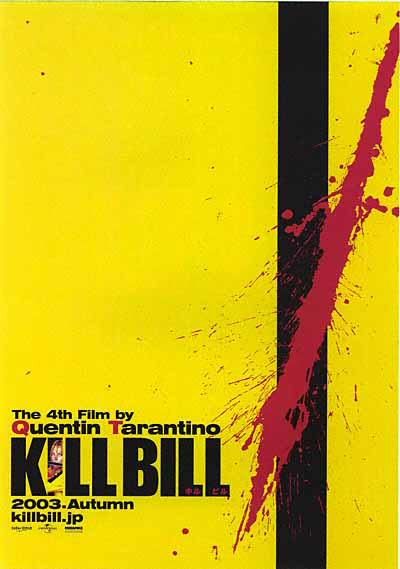
5. “Kill Bill” (2003 – 2004)
Tarantino’s career can be divided into two eras: the ’90s crime pictures and the genre love letters that followed. “Kill Bill” represents the demarcation point between the two, with ardent fans and vocal detractors alike. Yet when considered on its own merits, this salute to Hong Kong martial arts and Spaghetti Westerns from the mid-20th century remains a visual and auditory feast.
Originally conceived as one film before being split into two volumes, “Kill Bill” indulges in excess, from anime-crafted backstories to De Palma-inspired sequences. Yet, it coalesces into an irresistible manifestation of cool, blending hyper-stylized violence with a heartfelt custody dispute at its core. Uma Thurman’s portrayal of the aggrieved mother is triumphant, making “Kill Bill” a mesmerizing experience.
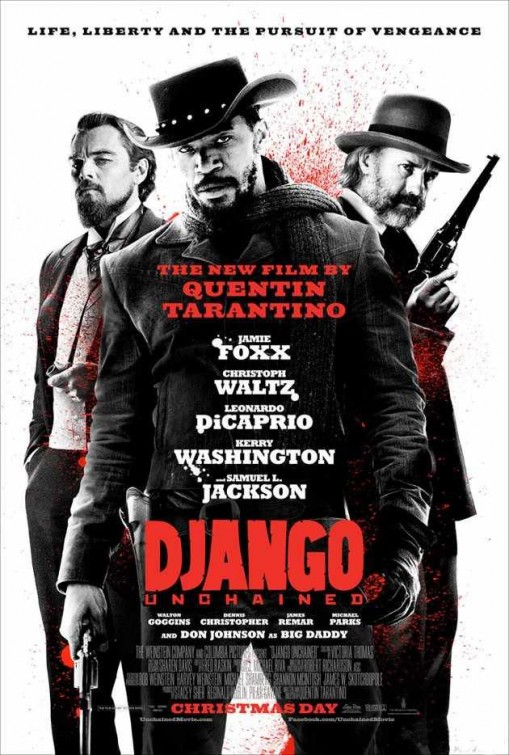
4. “Django Unchained” (2012)
“Django Unchained” earned Tarantino Oscars for screenwriting, a testament to its clever script. However, the film’s depth pales in comparison to its predecessors, particularly in its treatment of American chattel slavery.
While the vengeance against Nazis in “Inglourious Basterds” was inspired, “Django Unchained” simplifies the complex history of slavery. The film’s strength lies in its unflinching portrayal of the South’s genteel class, with Leonardo DiCaprio delivering a sinister performance as plantation owner Calvin Candie. Samuel L. Jackson’s role as the cruel house slave Stephen is equally commendable. While the script may falter, these performances elevate “Django Unchained.”
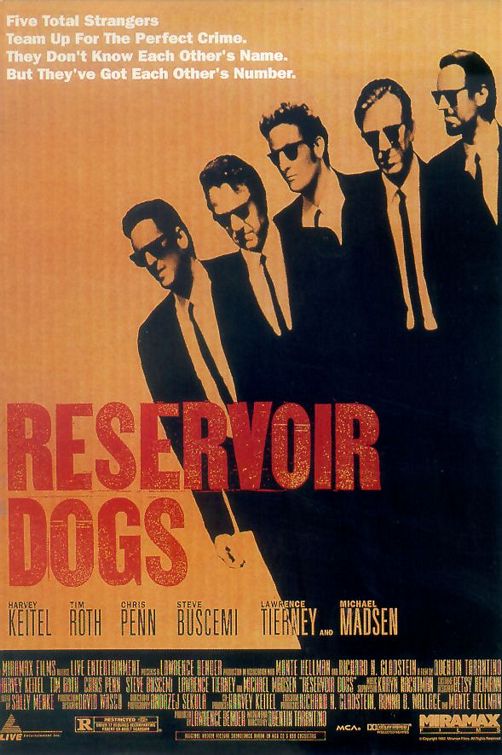
3. “Reservoir Dogs” (1992)
“Reservoir Dogs” marked Tarantino’s explosive entry into the world of cinema, a revelation that left an indelible mark. It premiered at Sundance in 1992, leaving audiences in awe, much like the Lumière Brothers’ 1895 film of a moving train did in its time.
This heist film, featuring a cast of relative unknowns and Harvey Keitel, showcased Tarantino’s talent for unconventional storytelling. The film’s narrative, bouncing between the perspectives of hardened thieves, offers an audacious structure. While the characters remain enigmatic, they are endlessly quotable, creating an unforgettable cinematic experience.

2. “Inglourious Basterds” (2009)
“Inglourious Basterds” was Tarantino’s palate cleanser in 2009, following the extravagance of “Kill Bill” and “Death Proof.” It is a tightly-woven tapestry of tension, set against the backdrop of WWII.
The brilliance of the film lies not only in its titular Basterds but also in its compelling villain, Col. Hans Landa, brought to life by Christoph Waltz. Landa, a smiling and charismatic SS officer, is a devil in human form. The film’s power emerges when Shosanna Dreyfus executes her Old Testament vengeance on the Third Reich, showcasing the transformative power of cinematic violence.
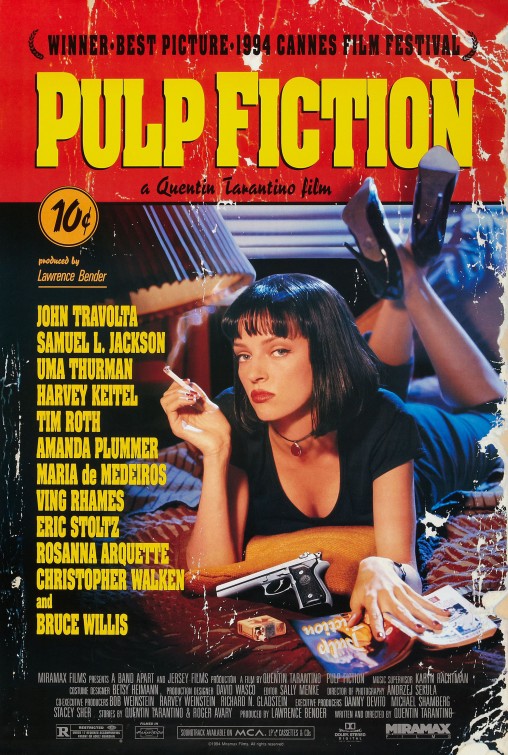
1. “Pulp Fiction” (1994)
If we were to compile a list of the most influential American films of the past three decades, “Pulp Fiction” would undoubtedly reign supreme. This sophomore effort cemented indie cinema’s dominance in the ’90s cultural mainstream and remains a cinematic delight.
“Pulp Fiction” masterfully merges humour, horror, crime drama, and retro coolness, crystallizing the Tarantino aesthetic. It’s a collage of cinematic influences, garrulous characters, and a nonlinear narrative that resembles a novel. This brutally long weekend in the City of Angels weaves the lives of gangsters, drug dealers, and prize fighters into a tapestry of fate, divine providence, and meaningless happenstance.
In the end, what lingers is the film’s undeniable charm, epitomized by iconic performances, memorable scenes, and a cinematic journey that has left an indelible mark on the world of film.


